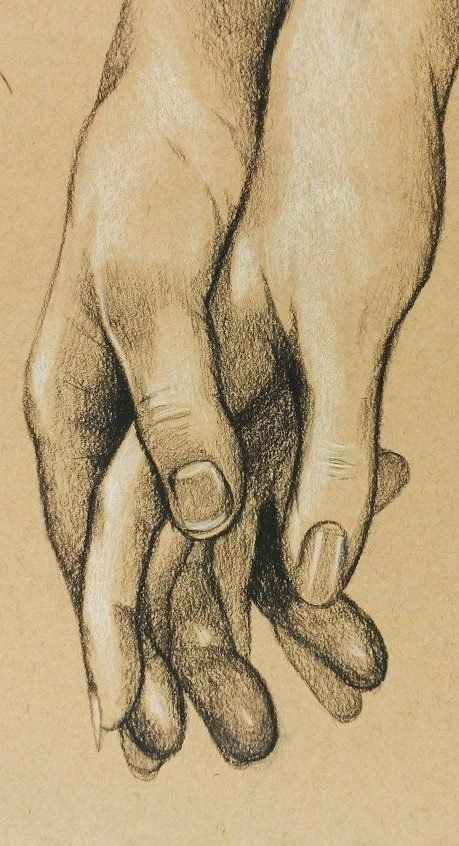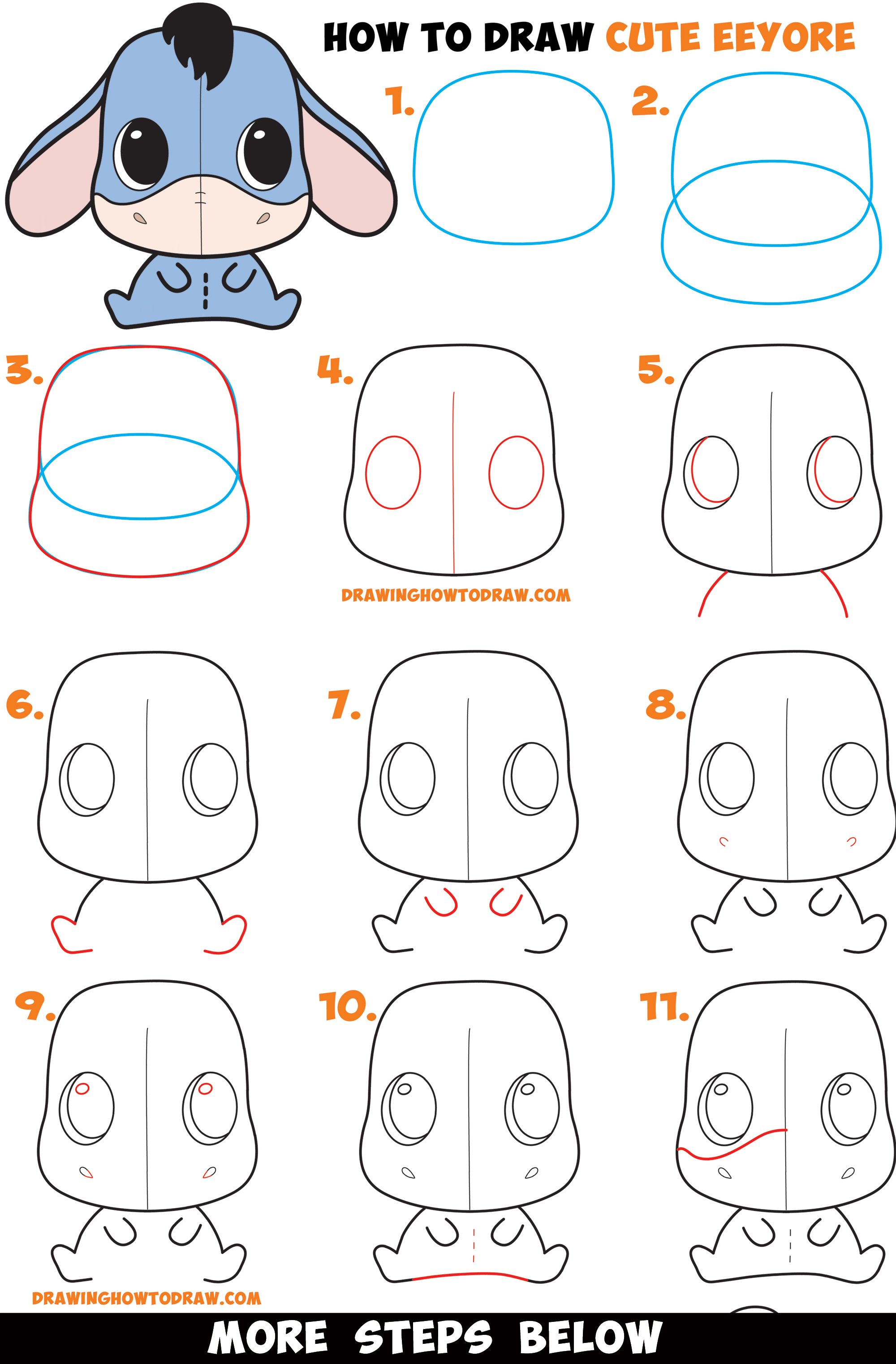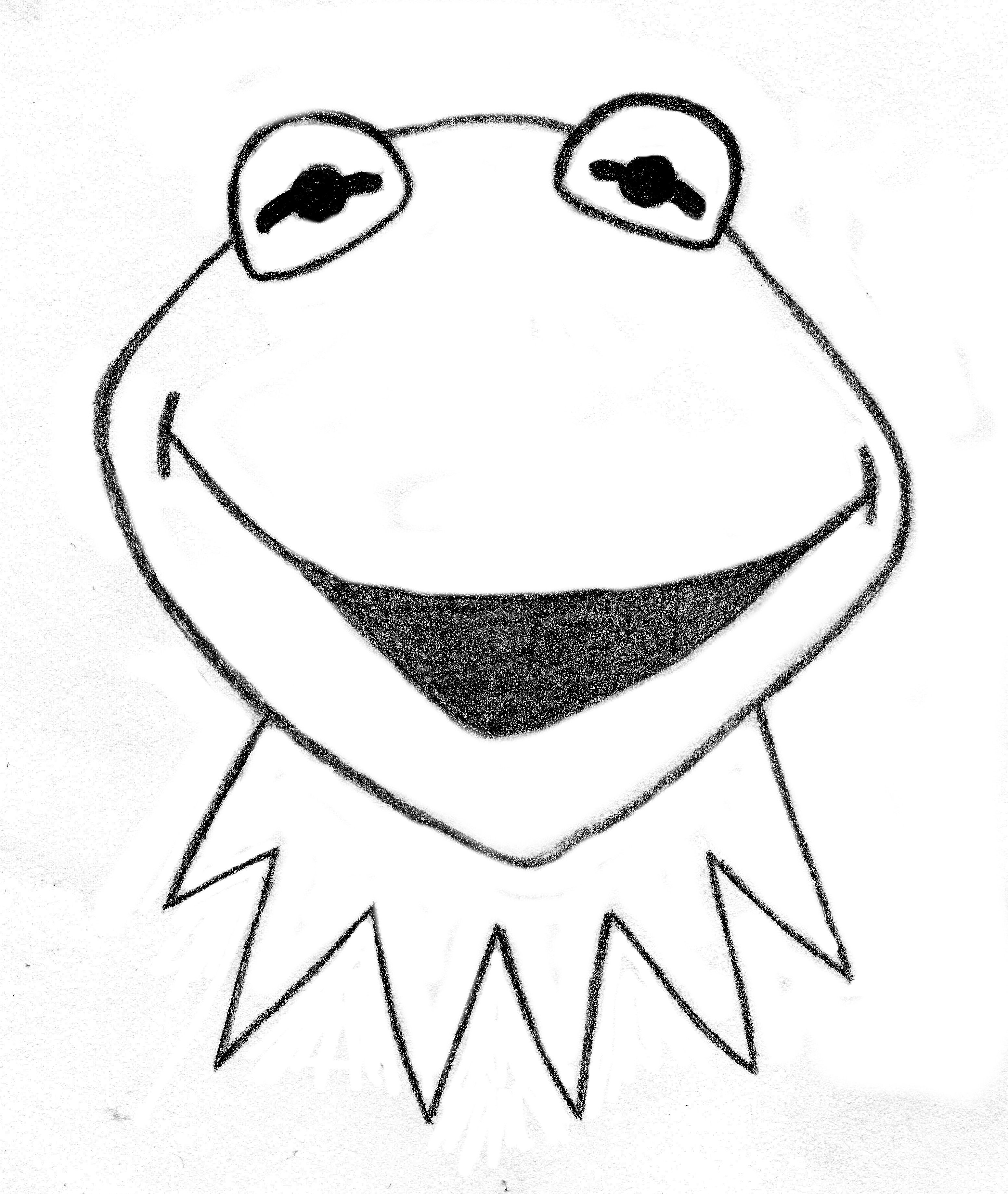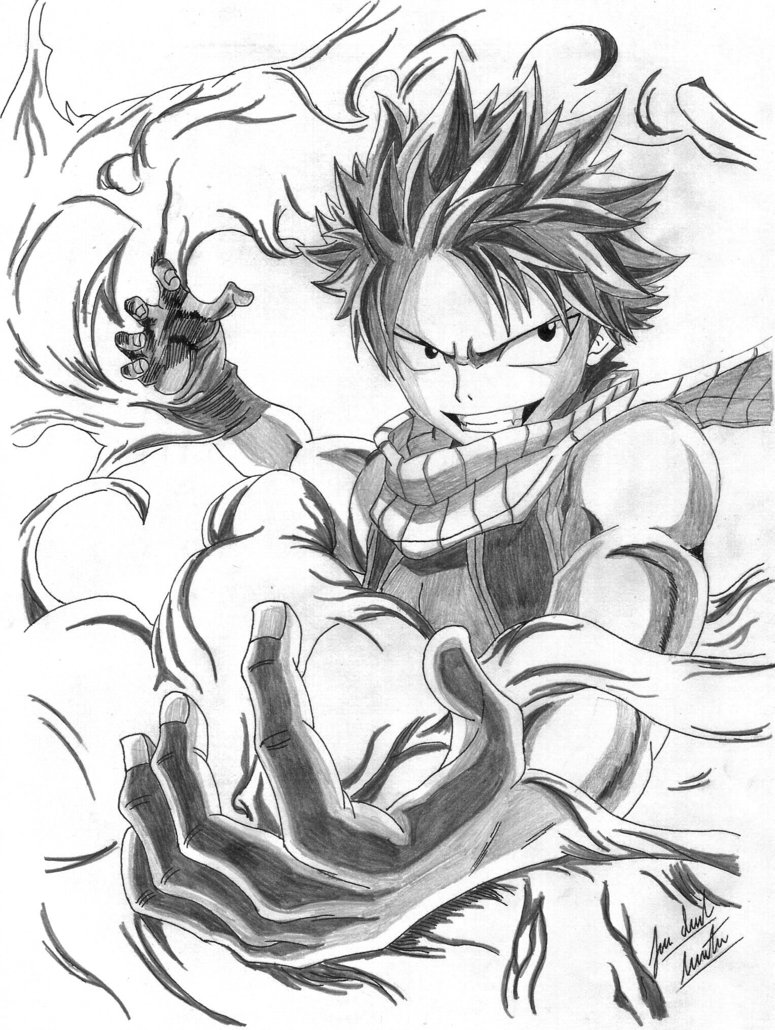Doodle drawings hippie doodle drawings
Table of Contents
Table of Contents
If you’re looking to learn how to draw, but don’t know where to start, you’ve come to the right place. Drawing is a creative outlet that can be both relaxing and rewarding, and it’s a skill that almost anyone can learn with practice. Whether you’re an absolute beginner or someone who just needs a refresher, this guide will provide you with some helpful tips and tricks to get started.
Pain Points of Drawing for Beginners
Many people believe that they simply don’t have the talent for drawing or they’re too intimidated by the thought of creating something from scratch. Others may have tried in the past, but became discouraged when their drawings didn’t turn out the way they envisioned. These pain points can prevent beginners from even attempting to draw, but the truth is that anyone can learn to draw with patience and persistence.
Understanding the Basics
The first step in learning how to draw is to understand the basics. This includes mastering the fundamental shapes, lines, and proportions that make up any drawing. Start with basic exercises such as drawing circles, squares, and triangles, and work your way up to more complex shapes and objects. This will help you develop your hand-eye coordination and muscle memory, which are both essential skills for drawing.
Getting Creative with Your Drawing
Once you have a good grasp of the basics, it’s time to get creative with your drawing. You can experiment with different styles, techniques, and materials to find what works best for you. Try sketching from life, using references, or even creating your own characters and scenes. Don’t be afraid to make mistakes or try new things – the beauty of drawing is that there are no hard and fast rules.
Drawing Resources for Beginners
There are many resources available for beginners who want to learn how to draw. You can find online tutorials, books, and classes that cover everything from the basics to advanced techniques. Some popular resources include YouTube, Skillshare, and Udemy. Additionally, there are many free resources available, such as blogs and forums, where you can connect with other artists and get feedback on your work.
Drawing Exercises for Beginners
Practice is key when it comes to learning how to draw, so it’s important to incorporate drawing exercises into your routine. Set aside dedicated time each day or week to practice your skills, and focus on specific areas that you want to improve. Some popular drawing exercises for beginners include gesture drawing, contour drawing, and shading exercises.
Personal Experience with Learning to Draw
When I first started learning how to draw, I was intimidated by the thought of creating something from scratch. But as I started to practice more and get comfortable with the basics, I found that I really enjoyed the creative process. I experimented with different styles and materials and eventually found my own unique drawing style. It’s been a rewarding journey, and I continue to learn and grow as an artist.
Finding Inspiration for Your Drawing
If you’re struggling to come up with ideas for your drawings, don’t worry – inspiration can come from anywhere. Take a walk outside and observe your surroundings, browse through art books or websites, or even draw from your imagination. The more you draw, the easier it will become to find inspiration and ideas for your art.
Drawing Techniques for Realism
If you’re interested in creating realistic drawings, there are several techniques you can use to achieve this. One popular technique is called the “grid method,” which involves dividing your reference image into a grid and recreating each section on your drawing paper. Another technique is to use shading to create depth and dimension in your drawings. With practice, you can develop a keen eye for detail and realism in your art.
Question and Answer
Q: Do I need expensive art supplies to start drawing?
A: No, you don’t need expensive art supplies to get started with drawing. All you need is some basic paper and a pencil to begin practicing. As you become more advanced, you may want to invest in higher quality materials, but it’s not necessary to start.
Q: How long does it take to learn how to draw?
A: Learning to draw is a lifelong process, and there’s always room for improvement. However, with consistent practice and dedication, you can start seeing improvement in your skills within a few weeks or months.
Q: How do I improve my drawing skills?
A: The best way to improve your drawing skills is to practice consistently. Set aside dedicated time each day or week to practice, and focus on specific areas that you want to improve. Additionally, seek out resources such as books, classes, or online tutorials to learn new techniques and styles.
Q: Can anyone learn to draw?
A: Yes, anyone can learn to draw with patience and practice. While some people may have a natural talent for drawing, it’s not necessary to be born with this skill. With consistent effort and a willingness to learn and grow, anyone can become a skilled artist.
Conclusion of How to Draw for Beginners
Learning how to draw can be a fun and rewarding experience, whether you’re a beginner or an experienced artist. By starting with the basics and practicing consistently, anyone can develop their drawing skills and create beautiful works of art. Don’t be afraid to experiment with different styles and techniques, and remember that there are no hard and fast rules when it comes to drawing. With time and effort, you can become a confident and skilled artist.
Gallery
Simple Pencil Drawings For Beginners Step By Step

Photo Credit by: bing.com /
Doodle Drawings Hippie , Doodle Drawings | Doodle Art For Beginners

Photo Credit by: bing.com / psychedelic trippy hippie drog huji evileye
How To Draw A Cute Chibi / Kawaii Eeyore Easy Step By Step Drawing

Photo Credit by: bing.com / eeyore
Drawing For Beginners At GetDrawings | Free Download

Photo Credit by: bing.com / beginners drawing easy drawings getdrawings
Creative Drawing Ideas For Beginners Anime - Draw Anime / Manga Women’s

Photo Credit by: bing.com /






